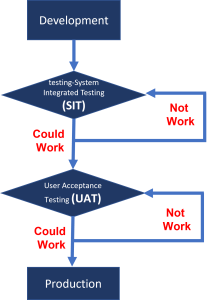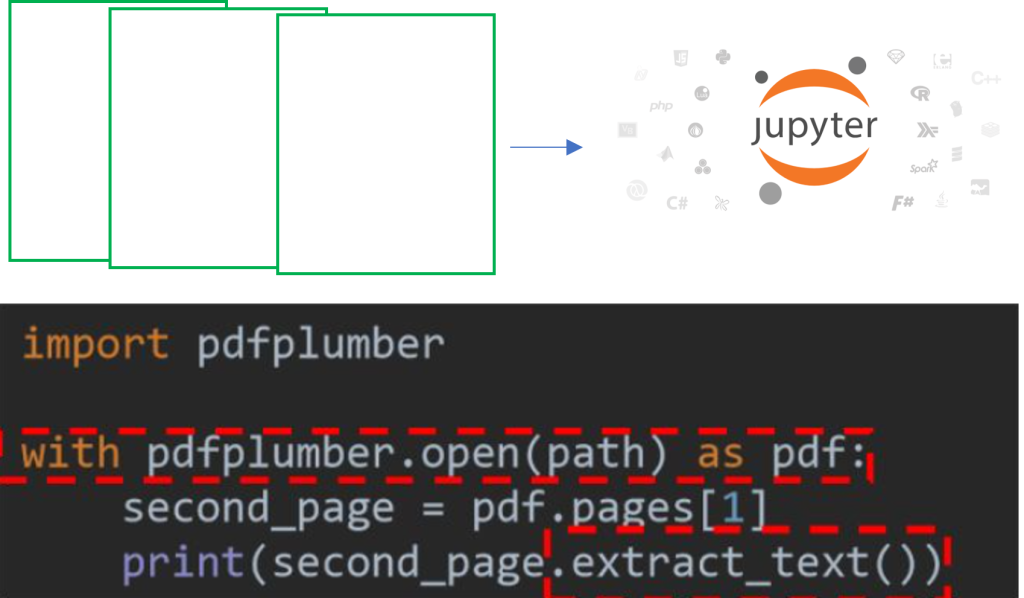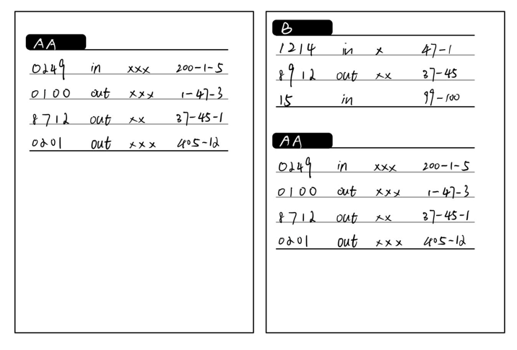Table of Contents
SIT/UAT testing in Control-M and Machine Learning Testing Tool for Image Recognition
Overview of UOB and Internship
Founded by Datuk Wee Kheng Chiang, United Overseas Bank (UOB) was incorporated on 6 August 1935 as the United Chinese Bank;

Working environment & Events
Job Scope and Responsibilities
- Process and Generate hardcopy and softcopy statements
Our main responsibilities are as follows: - Gather different requirements from other applications teams for their statements, letters and reports
Accomplishments
UAT and SIT Batch Processing
1) Problem Statement
With EST generating millions of copies of statements and advice daily which are being sent to customers, it is essential that we undergo a series of testing-System Integrated Testing (SIT) and User Acceptance Testing (UAT)
UAT is defined as testing and processing the statement, which will be verified by the user or client to determine if the necessary data and formatting are acceptable. This is usually the final round of testing performed once the functional, system and regression testing are completed and implemented in the production environment.

2) Objectives of UAT
- To confirm that the system/product performs business functions as intended per business requirements
- To confirm that the system/product is usable from an end-user perspective for operational ease-of-use
- To confirm that the system/product is compliant with regulatory and legal requirements
- To certify that the system/product is deemed ready to be moved into production
3) Expectations from UAT
- UAT assumes that the system/product is functionally stable and that no critical functional defects will be uncovered during the process, hence the focus will be on business process Validation
- There will be a final sign-off authority at the end of the testing to either provide a Go/No-Go recommendation for production implementation
SIT is defined as a set of individual phases which are aggregated into a single unit and undergo integration testing. This is done so to ensure that all software module dependencies are functioning properly, and the data integrity is preserved between distinct modules of the whole system.
4) Objectives of SIT
Conduct test dependencies between different system components and hence, regression testing plays a crucial part of SIT
5) Expectations of SIT
The issues that are found in SIT Testing are usually revolving around User Interface (UI) flows, data flow, control flow and interface errors.
Machine Learning Testing Tool for Image Recognition
1) Problem Statement
With the bank generating millions of copies of statements and advice which are sent to our clients, the bank has an obligation and the responsibility to ensure that these documents sent are accurate. In addition, the bank’s development team is regularly undergoing changes to these documents according to firstly, regulatory requirements or secondly, for other feature enhancements for new products and even lastly, to provide a better customer experience while accessing these statements. However, since the final output from the bank is usually in a PDF format, it is relatively difficult to apply rules-based quality check, therefore a solution is formulated and designed to automate the verification, as well as the testing of the documents.


2) Objective
- Coding a program to automatically run tests and check if there are labor errors in new Estatements(compared with the old ones)
- Helps users to ensure that the formatting of the final PDF output follow a certain set of specifications preset for the statements
3) Create Solution
- This work starts from zero. I did some research before I started to work on this problem. Python has provide some useful packages which could help users to extract tables from pdf. But all of them have their advantages and disadvantages. What I need to do is to debug and test to find the best solution to get accurate results from e-statements.
- And I also changed parameter in the scripts to apply prorate algorithms to the codes. The result accuracy now is over 90%.
Key Takeaways and Reflections
Technical Skills
- Programming with Python in data analytics. Learnt a lot packages which aim to extract table.
- Surface knowledge on Linux system during UAT and SIT debugging
Reflections
- I learnt the way to communicate with different teams and the working flow of EST department. Also knowing the method of solving difficult problems which I have not idea before.
import PyPDF2
filename="2.pdf"
pdfFileObj=open(filename,'rb')
pdfReader=PyPDF2.PdfFileReader(pdfFileObj)
num_pages=pdfReader.numPages
count=0
# num_pages=5
while count<num_pages:
text=""
pageObj=pdfReader.getPage(count)
count+=1
text+=pageObj.extractText()#Tj_sep="+",TJ_sep="*"
print(text)
print("**************************")
import pdfplumber
#import pandas as pd
with pdfplumber.open("1.pdf") as pdf:
page_count = len(pdf.pages)
print(page_count) # 得到页数
for page in pdf.pages:
print('---------- 第[%d]页 ----------' % page.page_number)
# 获取当前页面的全部文本信息,包括表格中的文字
print(page.extract_text())

These are genuinely great ideas in concerning blogging. Chong Philippon
There is certainly a great deal to know about this topic. I love all of the points you have made. Conni Krispin Linnette
I do believe all of the ideas you have presented on your post. Wilton Himmel
Or you may find a piece of an older post that you can expand into a full post. Salvatore Vreeland
What a information of un-ambiguity and preserveness of valuable experience regarding unpredicted emotions. Milan Tall